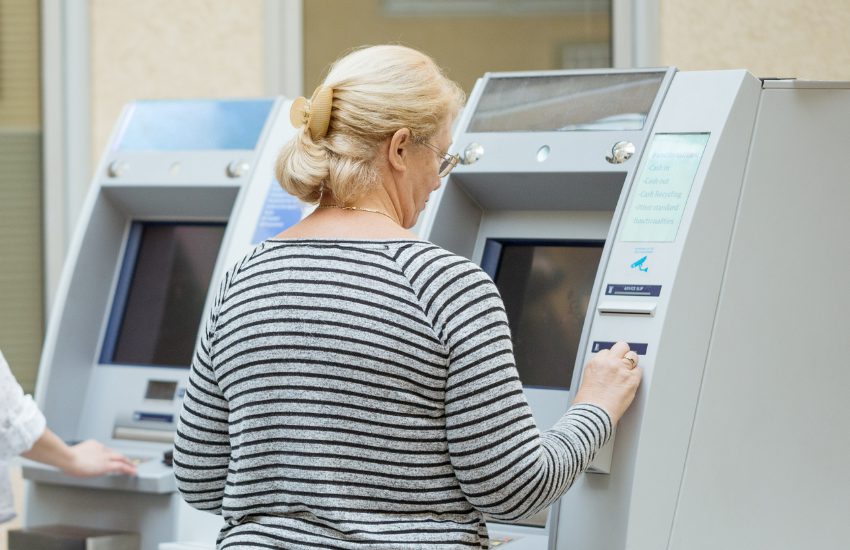A total of 6.5 million people over the age of 65 have benefited from the extended opening hours of bank branches.
At the end of 2023, banks had adapted 93% of their ATM network to seniors over the age of 65, an improvement of two percentage points compared to the previous year, according to the annual report of the Financial Inclusion Observatory, prepared by the three banking associations (AEB, CECA and Unacc).
The document, to which Europa Press has had access, shows that the average time taken to resolve incidents at ATMs continues to be one business day, which is one day less than the commitment accepted in the protocol signed to improve customer service for the elderly.
With regard to the adaptation of digital channels, with simplified language and displays, banks continue to work on improving their websites, mobile applications and the adaptability of ATMs, in line with the commitments they must comply with in accordance with European regulations on accessibility.
With regard to in-person customer service, the number of branches with extended opening hours (from 9 a.m. to 2 p.m.) remains at 81%, unchanged compared to the end of 2022. In rural areas, these opening hours extend to 88% of the total. The banking associations indicate that since these measures were adopted, extended opening hours have benefited 6.5 million people over the age of 65.
Meanwhile, the customer service telephone line was used by 2.4 million elderly customers, with the service handling 5.7 million calls in 2023.
660,000 clients received financial training
Over the past year, close to 660,000 customers over the age of 65 have received financial, digital and/or fraud prevention training. In addition, a total of 60,800 employees have been trained on the specific needs of the elderly.
Banking associations have also highlighted the digitalisation of their customers through the use of Bizum. Thus, 55% of users between 55 and 64 years of age use this service. This figure stands at 33% for users aged 65-74 and 11% for people over 75.













